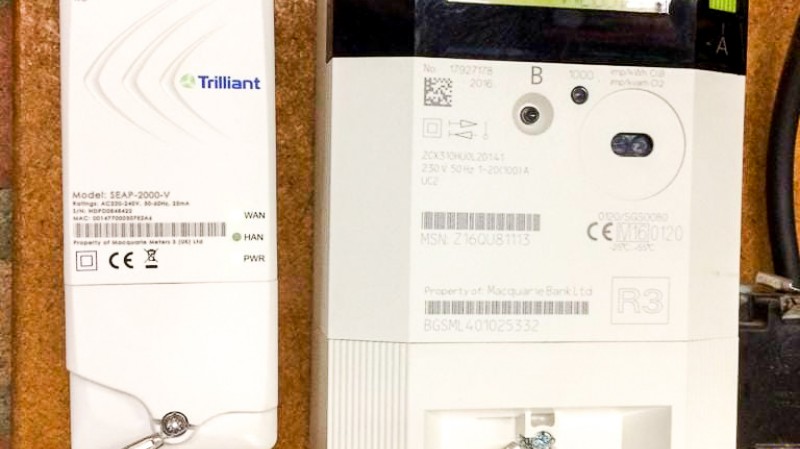You are here: Beefed-up fire safety with 18th edition of Wiring Regulations
There are more than twenty million dwellings in the UK and each has cables, consumer unit (fuse box), power circuits, switches and sockets for electrical power and lighting. Electrical faults are one of the major causes of house fires in the UK. London Fire Brigade alone recorded there were 253 fires involving plastic consumer units in 2015-16. This is an average of five fires per week. The fire brigade reported that many of the fires were due to substandard cable connections which led to overheating of consumer units. The 17th Edition Wiring Regulations amendment 3, which came into force in January 2016, saw the move from plastic consumer unit cabinets to a non-combustible material, such as steel.
What is BS 7671?
Earlier this year, the Institution of Engineering and Technology (IET) and the British Standards Institute published the latest (18th Edition) of British Standard BS 7671 ‘Requirements for Electrical Installations, IET Wiring Regulations.’ This is the national standard in the UK for electrical installation and the safety of electrical wiring in buildings. The first edition was published in 1882 as ‘Rules and Regulations for the Prevention of Fire Risks arising from Electric Lighting.’ The 18th Edition was published in July 2018 and came into effect in January 2019. Updates are to improve fire safety and keep pace with technology, including solar power and electric vehicles.

How will my home be affected?
BS 7671: 2018 is not retrospective, so the changes apply to new installations, additions and alterations to existing ones. Electrical wiring and consumer units that have been installed in line with earlier regulations may no longer comply with the latest edition in every respect. This doesn’t necessarily mean they are unsafe for continued use or need updating.
It is already recommended that a regular inspection and testing is carried out by a registered electrician – at least every 10 years for an owner-occupied dwelling and five years for a rental property or at the change of tenancy. A qualified electrician will say if your home needs rewiring. See Electrical Installation Condition Reports (link).
What are the key changes?
Key changes include protection against electric shock, protection against thermal effect, protection against voltage disturbance and stability of wiring systems. All electrical professionals are expected to be up to date with the potential life-saving changes the 18th Edition Wiring Regulations by January 1. All new installations must comply and be certified to the new 18th Edition.
Among the most significant recommendations
- Cabling is to be supported, for example with fireproof metal clips, to prevent collapse in the event of fire. In the 17th edition, it just covered escape routes, such as staircases, however this has now been upgraded, so cables need to be fixed throughout the electrical installation.
- All new installations should now be fitted with arc fault detection devices (AFDDs) to reduce the risk of fire in final circuits. While commonly installed in other parts of the world as standard, within BS 7671, they were only a recommendation.
- The RCD, or residual current device, is a life-saving device which is designed to prevent you getting an electric shock if you touch something live, such as a wire. RCD testing is the process of safely ‘tripping’ the device to check it works should there be an incident. Testing has changed from a recommended quarterly to a six-monthly interval to make it easier for homeowners to remember to do.
- Other changes include voltage surge protection devices to protect critical equipment – this is especially important in hospitals and care homes.
Where Can I find an electrician in my area?
Make sure you employ a suitably qualified installer who is up to date with Electrical Installations BS 7671: 2018. Check if the electrician is registered with a regulatory body such as NICEIC, ELECSA or NAPIT.